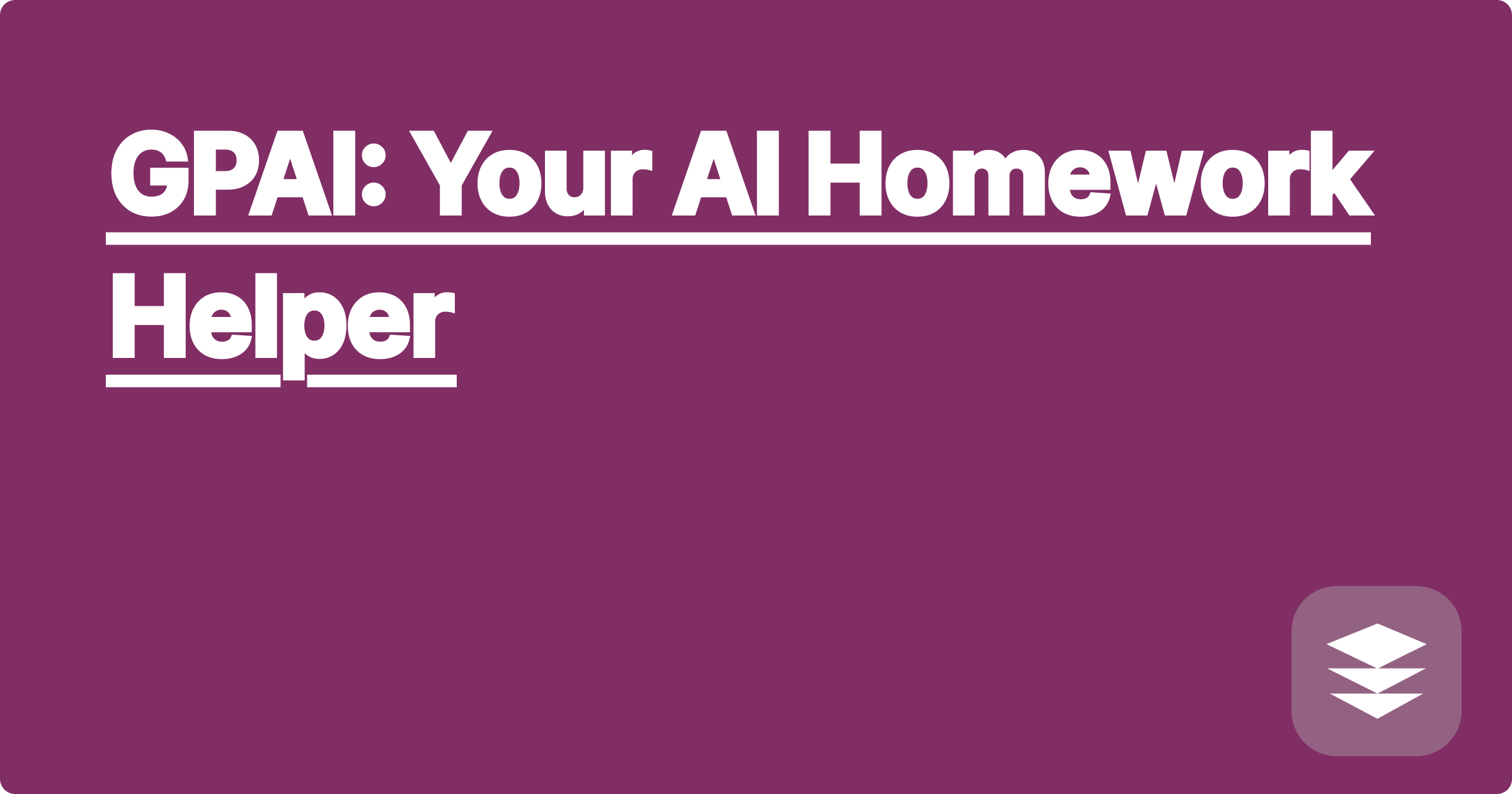
The demanding world of STEM education and research often presents complex challenges that can feel overwhelming. Students and researchers alike grapple with intricate problems, requiring significant time and effort to solve. Artificial intelligence (AI) has emerged as a powerful tool to assist in navigating these complexities, offering innovative solutions and boosting productivity. AI can act as a supportive partner, helping to break down complex concepts, automate tedious tasks, and provide insightful analysis, ultimately accelerating the learning and research process.
This matters significantly for STEM students and researchers because the landscape of scientific discovery and technological advancement is constantly evolving. Staying ahead of the curve requires efficient and effective tools. AI offers precisely that, providing a competitive edge by enabling faster problem-solving, deeper analysis of data, and exploration of new research avenues. By embracing AI, STEM individuals can unlock their full potential and contribute meaningfully to their respective fields.
STEM fields often involve intricate problems requiring a strong understanding of fundamental concepts and the ability to apply them to novel situations. For example, in engineering, designing a bridge requires calculations involving structural mechanics, material science, and fluid dynamics. Similarly, in biology, understanding the intricacies of protein folding demands knowledge of biochemistry, molecular biology, and computational modeling. These challenges can be daunting, particularly for students still building their foundational knowledge base. The sheer volume of information and the complexity of the underlying principles can create significant hurdles in the learning and research process. Furthermore, access to specialized software or equipment might be limited, further complicating the problem-solving process.
AI tools like ChatGPT, Claude, and Wolfram Alpha offer powerful solutions to these challenges. ChatGPT and Claude can be leveraged for conceptual understanding and problem-solving guidance. They can explain complex topics in simpler terms, provide step-by-step solutions to problems, and even generate code in various programming languages. Wolfram Alpha excels in computational tasks, providing detailed solutions to mathematical equations, performing symbolic calculations, and offering data analysis capabilities. By strategically utilizing these AI tools, STEM students and researchers can significantly enhance their problem-solving abilities and streamline their workflow.
Let's consider a scenario where a student needs to solve a differential equation. First, they can describe the equation to ChatGPT or Claude and ask for a step-by-step solution. The AI can then break down the problem, explaining the underlying principles and the solution methodology. If the equation involves complex integrals or symbolic manipulations, Wolfram Alpha can be used to perform these calculations accurately and efficiently. Next, the student can verify the solution provided by the AI by comparing it to textbook examples or online resources. Finally, they can use the AI to explore variations of the problem, changing the initial conditions or parameters to understand the impact on the solution.
Consider the task of modeling the trajectory of a projectile. Using classical mechanics, we know the equations of motion are governed by gravity and air resistance. ChatGPT or Claude can provide the general equations: x(t) = v₀cos(θ)t and y(t) = v₀sin(θ)t - (1/2)gt², where v₀ is the initial velocity, θ is the launch angle, g is the acceleration due to gravity, and t is time. If air resistance is considered, the AI can guide the student through incorporating drag force into the equations, potentially involving differential equations. Wolfram Alpha can then be used to solve these equations numerically for specific values of v₀, θ, and air resistance coefficients, generating plots of the trajectory. This integrated approach allows students to understand the theoretical framework and obtain practical solutions.
Another example is analyzing a dataset of gene expression levels. Wolfram Alpha can be used to perform statistical analysis, identifying correlations between different genes. ChatGPT or Claude can then be used to explore the biological significance of these correlations, providing context from research papers and databases. This combination of computational analysis and contextual understanding offers a powerful approach to data-driven research.
To maximize the benefits of AI in STEM education and research, it's essential to develop a strategic approach. First, clearly define the problem you are trying to solve and identify the specific tasks where AI can be most helpful. Don't rely solely on AI; use it as a supplement to your own understanding and critical thinking. Always verify the information provided by AI tools with reliable sources and critically evaluate the results. Experiment with different AI tools and explore their strengths and weaknesses to determine which ones are best suited for specific tasks. Finally, remember that AI is a tool, and its effectiveness depends on how skillfully it is used.
In conclusion, AI offers an invaluable resource for STEM students and researchers. By understanding the capabilities of different AI tools and integrating them strategically into the learning and research process, individuals can significantly enhance their problem-solving abilities, accelerate their progress, and unlock new possibilities. Embrace the power of AI, but remember to maintain a critical and analytical mindset. Start exploring the potential of AI tools like ChatGPT, Claude, and Wolfram Alpha today and discover how they can transform your STEM journey.
Physics Help: AI Problem Solver
Engineering AI: Design Optimization
STEM Success: AI Learning Tools
Data Science AI: Analysis Boost